Celebrating International Woman’s Day
Although women have always been in the automotive industry, it has taken a while for the world to give credit to these often ‘hidden figures’. On International Women’s Day, we want to highlight some of the women making power moves in the industry as well as those who were behind several important technological breakthroughs in automotive history.

Bertha Benz
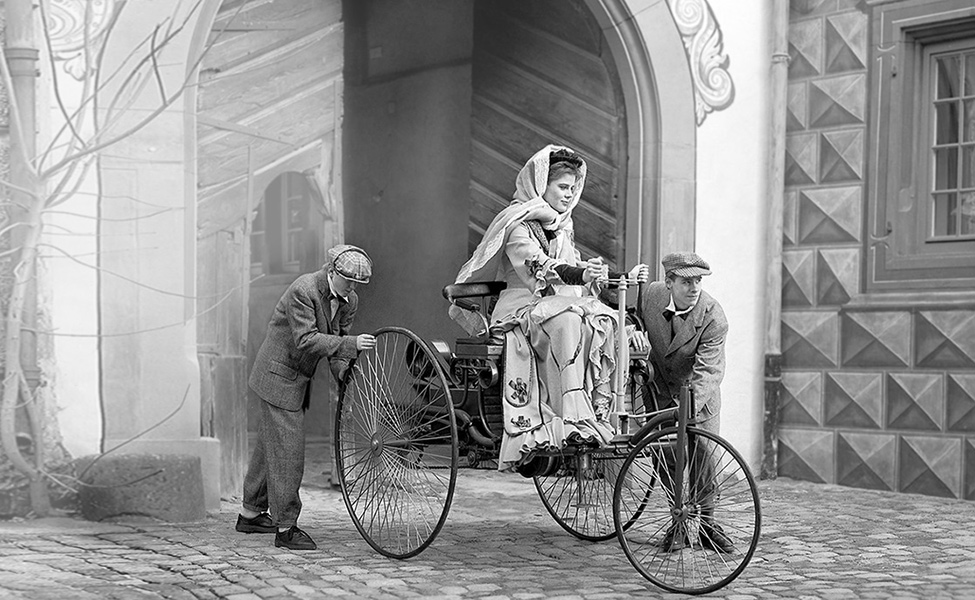
One day when she was young, Bertha read the following entry in her parent’s family bible one day “Unfortunately only a girl again.” According to legend, this served as her motivation to show the world what women were capable of. Bertha went on to marry Karl Benz who patented the first automobile in 1866 but could not get the invention to catch on. In 1888, Bertha took to the road with the Benz Patent Motor Car, without the knowledge of her husband, to visit her mother. Along the way, the engineering mother of five noticed that the brakes were not working as well as they should. She stopped to speak to a blacksmith and came away with the notion of inventing something called “brake linings” which are the great-grandmother of modern-day brake pads and shoes.
The 66-mile journey made Bertha the first person to drive an automobile over a long distance and sparked marketing momentum as news quickly spread about the revolutionary ‘automobile’. Karl Benz suddenly had worldwide attention on his invention and the rest is history everyone she passed stopped and stared at the remarkable invention and the rest is history.
Mary Anderson
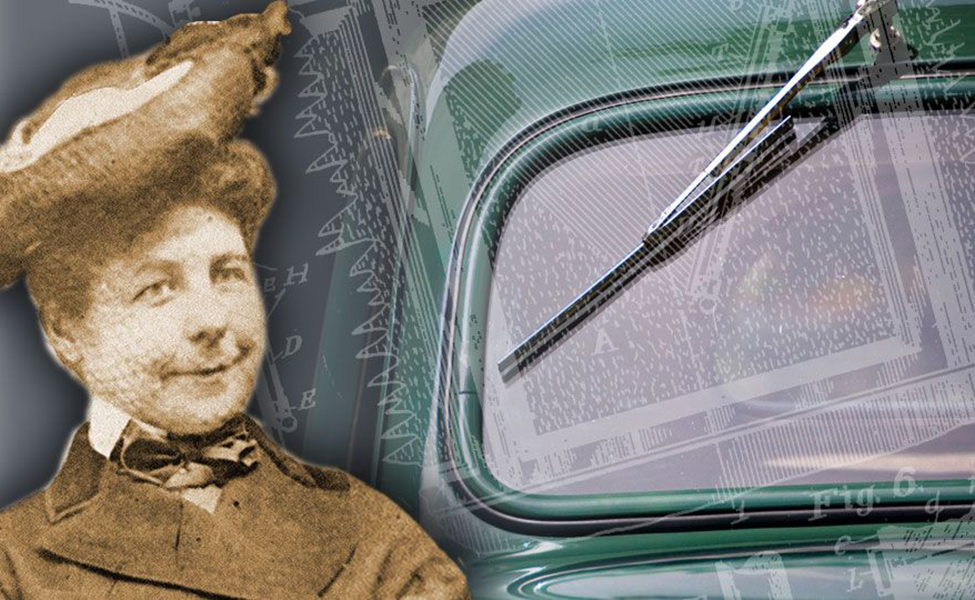
In 1903, Mary Anderson was struck with an idea while she watched a buggy driver struggle to see clearly in the rain. In 1905 she created the early prototype for ‘windshield wipers’ but couldn’t patent them. A Canadian firm rejected the claim for a patent because it was “not of such commercial use as would warrant the undertaking of its sale”. They likely regretted that decision when windshield wipers became standard in every vehicle in 1916.
Alice Huyler Ramsey
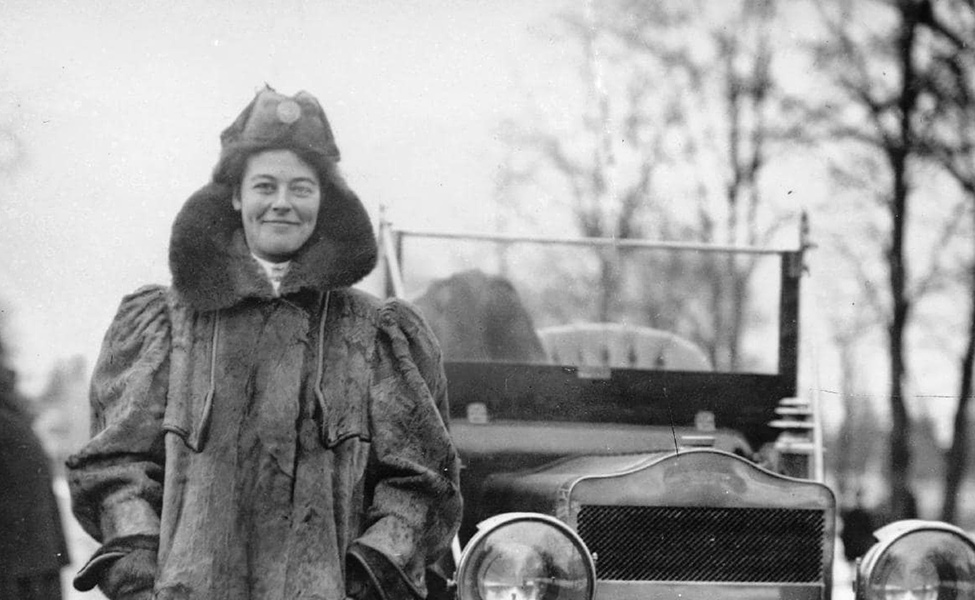
Alice was just 22 in 1909 when she became the first woman to drive across the United States. Her 3,800-mile trip brought her from her home in New York to San Francisco. This route included only 152 miles of paved roads, so Alice became her own roadside mechanic as she changed tires, repaired brake pedals and cleaned spark plugs. In 2000, she became the first woman inducted into the Automotive Hall of Fame.
Florence Lawrence

How did a silent film star invent one of the most important safety features in the automobile industry? Let us know if you find the answer. Florence was concerned about the frequency of accidents on the road in 1913 and so she created “auto-signaling arms”. A precursor to the ‘turning signal’, these arms raised and lowered flags at the rear of the car to let drivers know which direction Florence was turning. Florence was also behind the earliest iteration of the ‘brake lights’. She installed a sign in the back of the car with the word ‘stop’ painted on it and was triggered by the pressing of the brake pedal.
Dr. June McCarroll
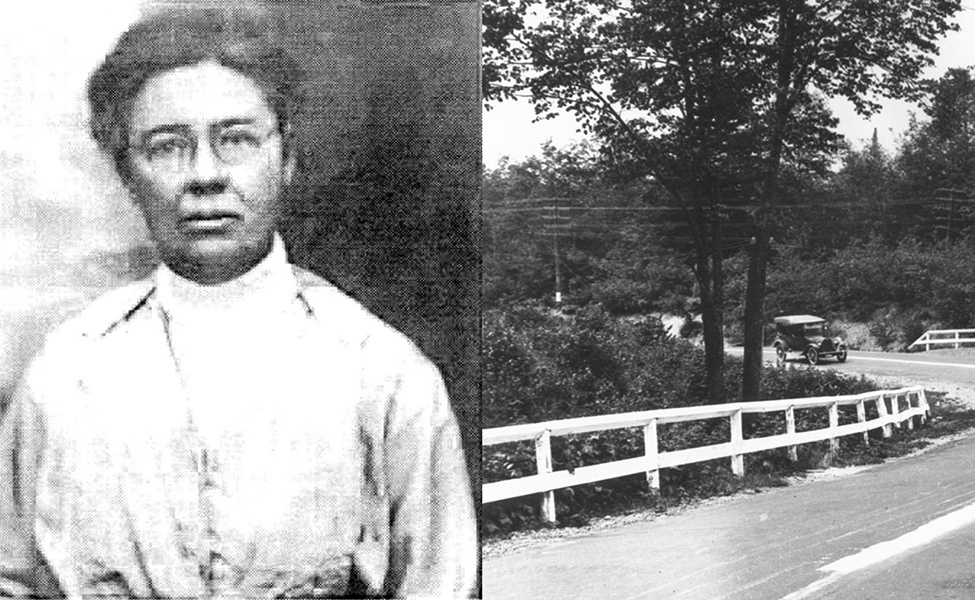
Although she didn’t influence cars directly, Dr. McCarroll is a major influence on transportation as we know it. In 1917, Dr. McCarroll was driving her Ford Model T in California when an oncoming truck nearly forced her off the road. After that harrowing experience, Dr. McCarroll thought painting line dividers on the highway would guide traffic more safely. When she brought the idea to the local authorities, they dismissed her because she was a woman. Dr. McCarroll then took matters into her own hands and personally painted the white stripe on today’s Indio Boulevard. By 1924, California was the first state with mandatory center lines.
Helene Rother
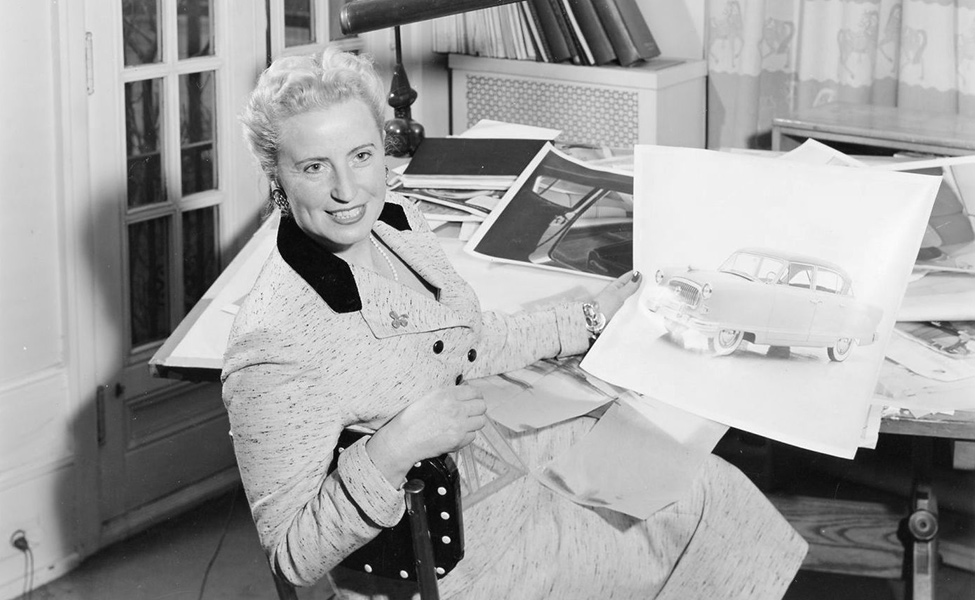
Before escaping Germany during WWII, Helene designed jewelry and hat pins for Parisian high-class society. When she settled in North America, she used her design experience to become the first female automotive designer for General Motors in 1943.
Dr. Gladys West
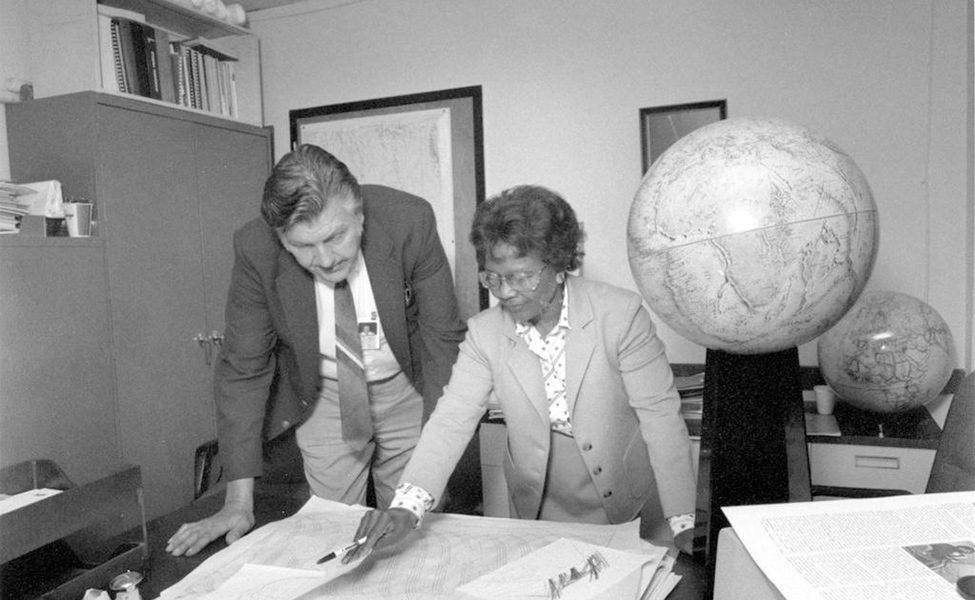
Hired in 1956 as a mathematician at the U.S. Naval Weapons Laboratory, Dr. Gladys West was among a small group of women who did computing for the U.S. military before electronic systems. In 1975, she programmed an IBM 7030 “Stretch” computer to deliver increasingly refined calculations for an extremely accurate Earth model. These computations would ultimately become the Global Positioning System (GPS) orbit. In 2018, Gladys West was inducted into the Air Force Space and Missile Pioneers Hall of Fame in recognition of her computational work which led to breakthroughs for GPS technology.
Danica Patrick
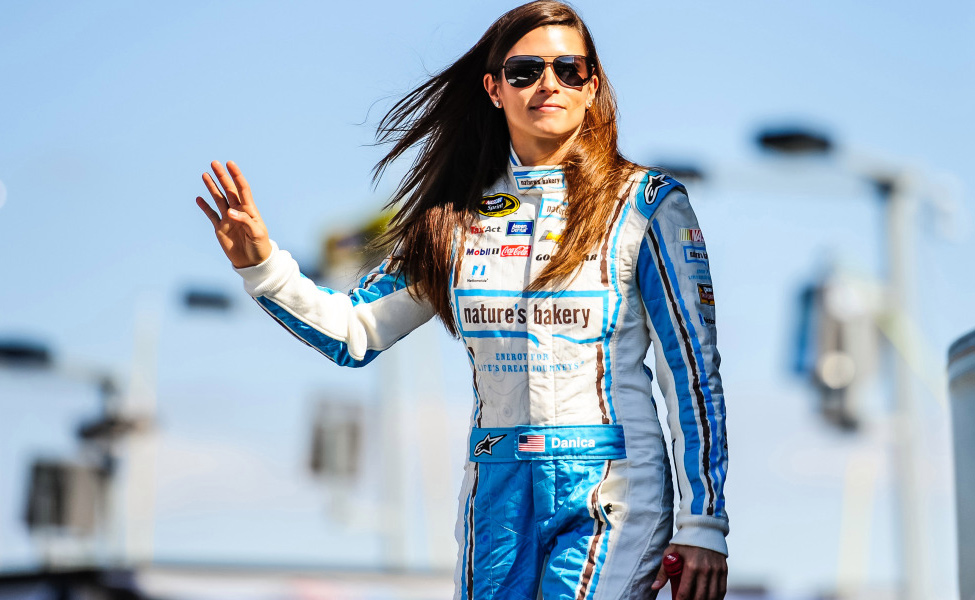
Danica is one of the best and most successful professional drivers in the game, male or female. She hit the spotlight in 2008 when she became the first woman to win an IndyCar race. In 2013 she became the first woman to win the pole position at the Daytona 500 and currently holds the title as the most successful woman in the history of American open-wheel racing.
Elena Ford
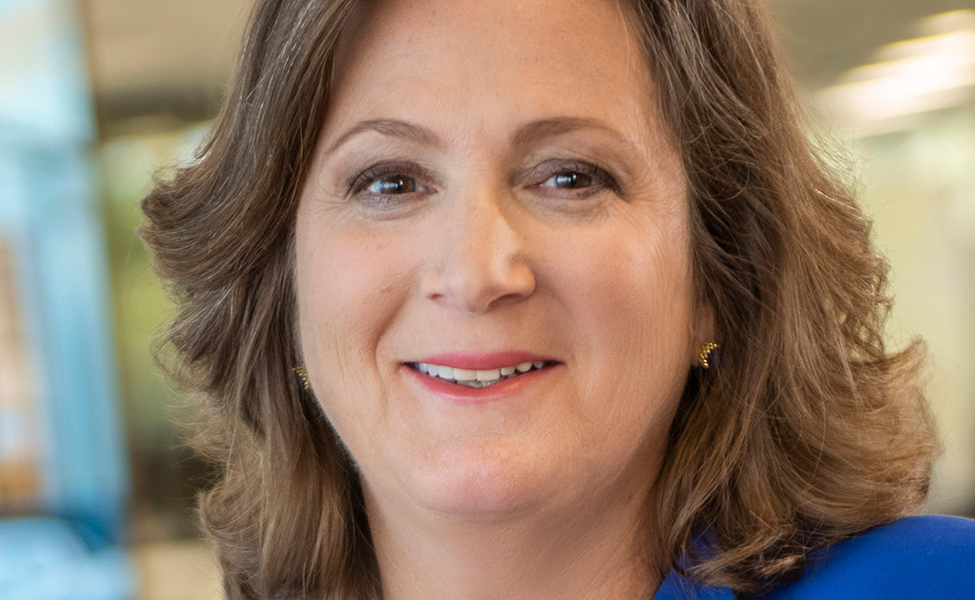
As the great-great-grand-daughter of Henry Ford, founder of the Ford Company, Elena Ford has big shoes to fill. Promoted to Vice President, Customer Experience and Global Dealer in 2013, she is the first female member of the Ford family to hold an executive position at the company.

Today, women hold engineering, design and executive leadership positions and account for more than 50% of the automotive market. From being largely ignored to becoming an $80 billion a year growth market, it’s been quite a ride for women in the automotive industry. Join us as we celebrate all the other important women in our lives for International Women’s Day.





